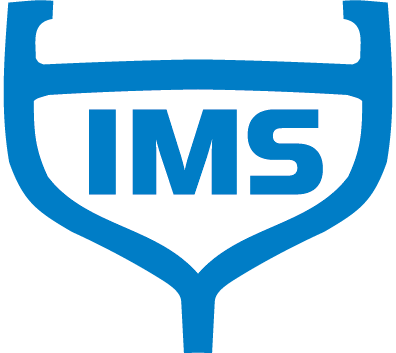Hydraulic Systems & Compressor Slugging: Understanding the Importance of Constant Pressure
It’s early July, the Bristol Bay run is in full swing, and after three days of constant wind and rough weather, the gear is working overtime. With full nets, your hydraulics are being pushed hard—from the drum to the bow thruster to the RSW system. Then, at the tender line, you notice something off. Your temps aren’t holding like they should, and when you go to pump down the RSW, it’s taking longer than usual.
A quick check shows the condenser is clean, circulation water is flowing, and your system has a full charge of refrigerant. So what’s going on?
Compressor Slugging: What It Is and Why It Matters
Compressor slugging happens when liquid refrigerant—or a mixture of refrigerant and oil—enters the compressor cylinders. Since compressors are built to compress vapor, not liquid, this can cause serious internal damage.
In a hydraulic-driven RSW system, slugging is commonly caused when the compressor loses RPM due to a drop in hydraulic pressure or flow. Every IMS hydraulic drive system comes with detailed specs outlining the required RPM and hydraulic flow—typically in gallons per minute (GPM). You’ll find this information in your IMS Owner’s Manual. It’s critical to check RPMs during your startup procedures each season, both in circulation and chilling modes.
How to Determine Hydraulic Demand and Supply
Let’s take the IMS 8.5-Ton Hydraulic Unit as an example:
Operating RPM: 1800
Hydraulic Flow Requirement: 10 GPM
Required Constant Pressure: 2400 PSI
To determine if your system is providing enough flow, use this formula:
GPM = (RPM × CIR) / 231
Where:
RPM = Engine idle speed
CIR = Cubic Inch Rating of your hydraulic pump
Example:
650 RPM × 3.8 CI pump = 2470
2470 ÷ 231 = 10.69 GPM
This means a main engine with a 3.8 CI pump running at idle can produce enough hydraulic flow to properly run the 8.5T RSW system.
Shared Hydraulic Supply - Why it Matters
Most Bristol Bay boats run either a single or twin main engine setup. These engines usually have hydraulic pumps bolted on, which power a range of systems on the boat—things like deck winches, washdown pumps, bow thrusters, and of course, your RSW system. The size of those pumps depends on what the engine or gear manufacturer recommends, and what kind of mounting setup the boat has.
Here’s where it gets tricky: when everything is running at once—especially at low engine idle—there’s often not enough hydraulic power to go around. That’s because the total hydraulic flow is limited by your engine’s speed and pump size. So, when multiple systems are drawing power at the same time, something has to give.
To help manage this, many boats use priority valves in the hydraulic plumbing. These valves tell the system which equipment should get flow first. Depending on how your plumbing is set up, the RSW might not always be first in line—especially when something like the bow thruster kicks in.
While hydraulic motors (like the one on your RSW compressor) can technically run at different speeds without damaging the motor itself, the compressor it’s spinning is not so forgiving. Your compressor is designed to run at a steady, constant RPM. If it slows down because it's not getting enough hydraulic flow, it can lead to what’s known as liquid slugging—and that’s bad news. It’s like trying to compress water instead of air—something will break, and it’s usually the compressor.
That’s why it’s critical to ensure your RSW system gets consistent hydraulic flow. If you’re sharing a pump with other systems, make sure you're not using them at the same time—or better yet, use a dedicated pump for your RSW if the vessel allows.
How to Prevent Compressor Slugging
To avoid performance issues and protect your system, follow these IMS best practices:
Run a dedicated hydraulic pump for your RSW system whenever possible.
Use a priority valve to ensure the RSW receives constant, specified GPM flow.
Do not run high-demand systems simultaneously. For example, avoid using the bow thruster while running the RSW system.
If you’re unsure about your hydraulic setup or need help understanding your system’s specs, don’t hesitate to reach out. IMS is here to support you with system design, installation guidance, and troubleshooting help—especially during the peak of the season when every second counts.
Contact us anytime with your questions or concerns. Let’s keep your catch cold and your compressor running strong.
